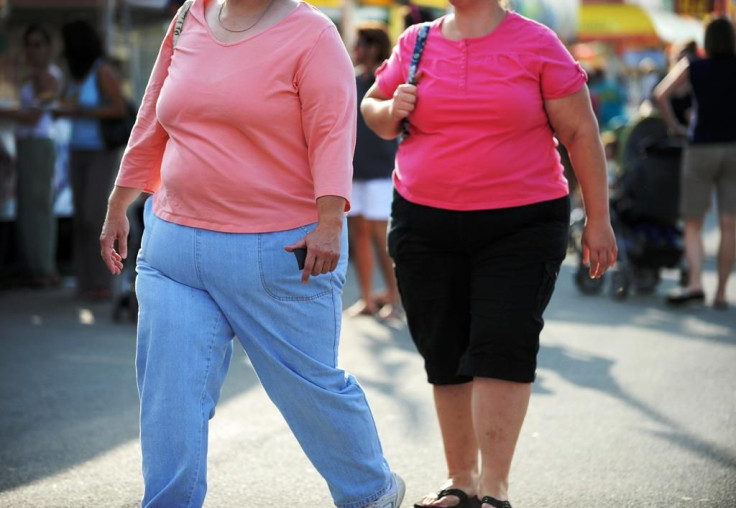Which State Is The Least Physically Active According To Latest Data?

Mississippi already has the highest rate of heart disease deaths in the United States and a high prevalence of diabetes among its residents.
It's also earned the unenviable "distinction" of being the state with the most physically inactive residents in the Union, according to the U.S. Centers for Disease Control and Prevention (CDC). CDC said 33 percent of Mississippian adults admitted they're physically inactive. It defines physical inactivity as not participating in any leisure-time physical activity like running, walking for exercise or gardening in the last month.
“Too many adults are inactive, and they may not know how much it affects their health,” Dr. Ruth Petersen, Director of CDC’s Division of Nutrition, Physical Activity and Obesity, said. “Being physically active helps you sleep better, feel better and reduce your risk of obesity, heart disease, type 2 diabetes, and some cancers."
CDC data shows 30 percent or more of adults were physically inactive in Mississippi and six other states (Tennessee, Oklahoma, Louisiana, Alabama, Kentucky, and Arkansas), and two U.S. territories (Puerto Rico and Guam).
Southern states reported the most physical inactivity. The South had the highest prevalence of physical inactivity at 28 percent of adults. It was followed by the Northeast (25.6 percent), the Midwest (25.0 percent) and the West (20.5 percent).
Overall, adult physical inactivity in all States and territories stands at more than 15 percent of adults. The low to high estimates ranged from 17.3 percent to 47.7 percent. Colorado was as the most physically active state with just 17.3 percent of its residents saying they're physically inactive. In Colorado, Washington, Utah, and Oregon and the District of Columbia, 15 percent to less than 20 percent of adults were physically inactive.
CDC said inactivity levels vary among adults by race/ethnicity and location. By race/ethnicity, Hispanics had the highest prevalence of physical inactivity at 31.7 percent. They were followed by non-Hispanic blacks at 30.3 percent and non-Hispanic whites at 23.4 percent. In the majority of States, non-Hispanic blacks and Hispanics had a significantly higher prevalence of inactivity than non-Hispanic whites.
The data come from the Behavioral Risk Factor Surveillance System (BRFSS), an ongoing state-based, telephone interview survey conducted by CDC and state health departments.
Respondents were classified as physically inactive if they responded “no” to this question: “During the past month, other than your regular job, did you participate in any physical activities or exercises such as running, calisthenics, golf, gardening, or walking for exercise?”
Published by Medicaldaily.com



























